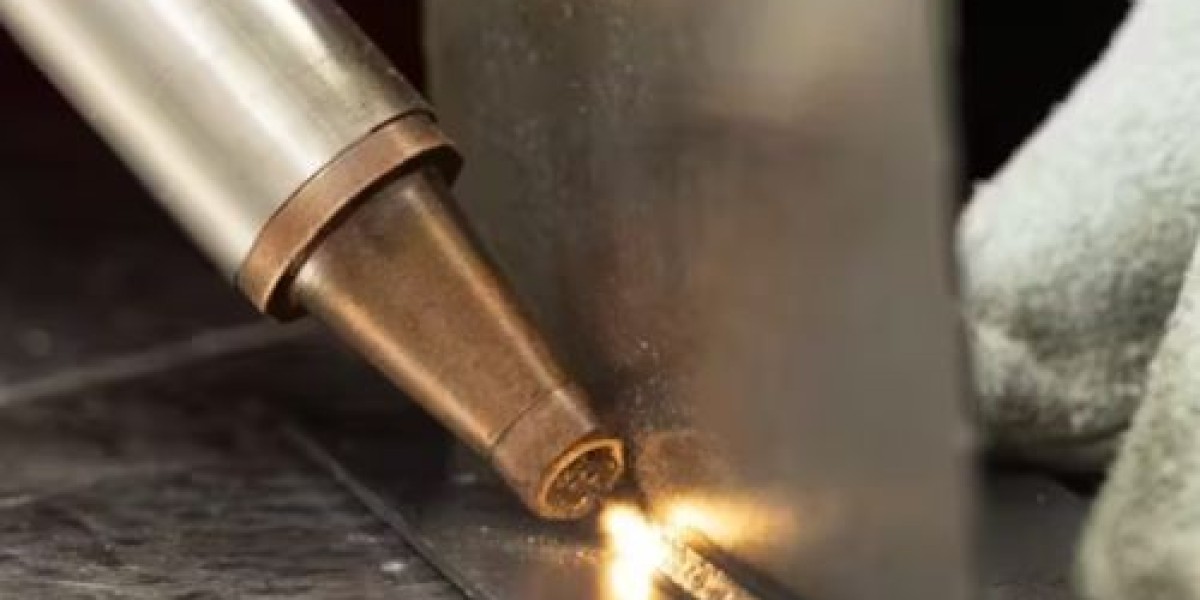This technology has found applications in a wide range of sectors, including automotive, aerospace, electronics, medical devices, and heavy machinery production.
Laser beam welder operate on the principle of delivering concentrated laser energy to a localized area, creating a weld pool that fuses materials together. The intensity and focus of the laser allow for minimal heat-affected zones, preserving the structural integrity of surrounding materials. This precision is critical in industries where even slight distortions or weaknesses in a weld can compromise the functionality and safety of a component. For example, in aerospace manufacturing, laser beam welding is used to join critical engine components and structural elements with tolerances that would be impossible with conventional welding methods.
In the automotive industry, laser beam welders are increasingly deployed for high-volume production of body panels, chassis components, and structural reinforcements. The ability to automate the welding process ensures consistency across thousands of units, reducing human error and improving overall manufacturing efficiency. Moreover, the precise control offered by laser welding allows manufacturers to join dissimilar metals, such as aluminum and steel, which traditionally posed challenges due to differing melting points and thermal properties. This capability enables the production of lighter, stronger vehicles that meet stringent fuel efficiency and safety standards.
Electronics manufacturing also benefits significantly from laser beam welding. Tiny components on circuit boards, delicate connectors, and battery assemblies require welding processes that do not damage sensitive materials. The laser beam welder’s accuracy allows manufacturers to perform micro-welding with minimal thermal impact, ensuring reliability and longevity in high-performance electronic devices. In medical technology, laser welding is applied to create surgical instruments, implants, and diagnostic devices that demand flawless joints to maintain sterility, precision, and durability.
One of the defining characteristics of laser beam welders is their versatility in handling various metals and alloys. Stainless steel, titanium, aluminum, and nickel-based alloys are commonly processed using laser technology, expanding the possibilities for manufacturers in industries that rely on specialized materials. The ability to weld thin sheets as well as thick plates with consistent quality also distinguishes laser welding from other joining techniques. This versatility not only streamlines production but also enables designers and engineers to experiment with innovative material combinations and geometries that would be difficult or impossible with conventional welding.
Automation and integration are core strengths of laser beam welding systems. Modern machines can be programmed for precise weld patterns, depths, and speeds, making them suitable for fully automated production lines. Robotics integration further enhances efficiency, allowing components to be positioned and welded with minimal human intervention. These systems are particularly valuable in high-volume manufacturing settings, where repeatability and throughput are critical metrics. The integration of sensors and monitoring technologies ensures that each weld meets strict quality standards, reducing waste and improving overall operational performance.
Laser beam welding also contributes to environmental efficiency in manufacturing. The precise energy delivery reduces material waste and minimizes the need for additional finishing processes such as grinding or polishing. Unlike traditional welding, which can generate large amounts of smoke, spatter, and fumes, laser welding produces clean, controlled welds that lower the burden on ventilation and filtration systems. This cleaner process not only improves workplace conditions but also reduces operational costs associated with waste management and maintenance.
The adaptability of laser beam welders extends to research and prototyping as well. Engineers and designers can rapidly test new material combinations and structural designs without committing to extensive tooling or production runs. The speed and accuracy of the process accelerate innovation cycles, allowing companies to bring products to market faster while maintaining high-quality standards. In sectors such as aerospace, defense, and medical technology, where innovation and precision are non-negotiable, laser beam welding has become an indispensable tool for experimental design and production.
Investment in laser beam welding technology is often considered a strategic decision for manufacturers seeking to maintain competitiveness in a global market. As industries continue to demand higher efficiency, precision, and adaptability, companies equipped with laser welding capabilities can respond more effectively to complex production requirements. The ability to maintain tight tolerances, join diverse materials, and automate production workflows positions laser beam welding at the forefront of advanced manufacturing technologies.
Training and skill development remain essential aspects of successfully implementing laser beam welding in any manufacturing environment. Operators and engineers must understand not only the technical operation of the equipment but also material behavior, joint design, and quality assurance protocols. Ongoing training ensures that organizations maximize the potential of laser welding technology, achieving consistent performance and reducing the risk of errors or defects. In addition, collaboration between machine manufacturers, material scientists, and production engineers often leads to process innovations that further enhance productivity and weld quality.
As industries evolve toward more sustainable, high-precision production methods, the laser beam welder continues to play a pivotal role. Its capacity to deliver controlled, accurate welds on complex components aligns with the increasing demand for lightweight, high-performance, and durable products. Whether in the production of electric vehicles, aerospace components, medical devices, or consumer electronics, laser welding provides a reliable, forward-looking solution for manufacturers seeking to meet modern challenges.
The global adoption of laser beam welding is expected to continue growing, driven by ongoing advancements in laser technology, automation, and materials engineering. Manufacturers are increasingly recognizing the long-term benefits of integrating laser welding into their processes, including improved efficiency, reduced material waste, and enhanced product quality. As more industries explore the possibilities of this technology, the scope of applications is likely to expand, encompassing new materials, product designs, and production methodologies.
Laser beam welding is more than a tool—it represents a shift toward precision, efficiency, and innovation in manufacturing. Companies that embrace this technology gain a competitive edge by enabling complex production processes that meet the highest standards of quality and performance. The impact of laser beam welding extends across multiple industries, redefining expectations for what is possible in modern manufacturing and setting new benchmarks for speed, accuracy, and adaptability.
Final Thoughts
The laser beam welder stands as a cornerstone of modern manufacturing innovation. Its precision, efficiency, and versatility make it indispensable for industries that demand high-quality, reliable, and consistent welds. From aerospace to electronics, automotive to medical technology, laser beam welding has reshaped the possibilities of production, enabling manufacturers to push the boundaries of design and performance. As industries continue to evolve, the role of laser beam welding will only grow, shaping the future of advanced manufacturing processes worldwide.








